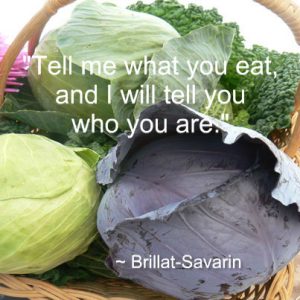Raw Food
 Many people are turning to a raw diet in an effort to improve their health. Whenever you start a new diet, there will always be a learning curve as you discover what’s on the menu and what has gone off it.
Many people are turning to a raw diet in an effort to improve their health. Whenever you start a new diet, there will always be a learning curve as you discover what’s on the menu and what has gone off it.
Raw vs. Vegetarian Raw vs. Vegan Raw
The first thing to determine is which raw diet you want to follow. Raw will offer the most variety and vegan raw the least. If you are going raw for health reasons, any one of these will be fine.
However, vegan raw may not be completely balanced, so you will need to be careful in terms of your intake of protein, amino acids and vitamin B12.
If you are eating raw for ethical and/or environmental reasons, vegetarian raw and vegan raw would be your best choices. Continue reading
 A raw food diet means that 75% of one’s diet is only raw food, and mainly this consists of uncooked fruits and vegetables, nuts, seeds and sprouted beans.
A raw food diet means that 75% of one’s diet is only raw food, and mainly this consists of uncooked fruits and vegetables, nuts, seeds and sprouted beans.
Food that is heated to about 116 degrees Fahrenheit is not allowed when following a 100% raw diet.
“Baked” goods such as breads or crackers are made in a dehydrator, in which changes to fruits and vegetables textures can also be attained.
Those who follow the Raw Food Diet are known as rawists, according to the Living and Raw Foods website. Rawists believe that this type of eating plan enhances their energy and boosts their health.
Furthermore, proponents of the diet say that the best part of a raw food diet is that the nutrients, and especially the enzymes, are not destroyed in the process of cooking and are thus available to be absorbed and used by the body. Continue reading






